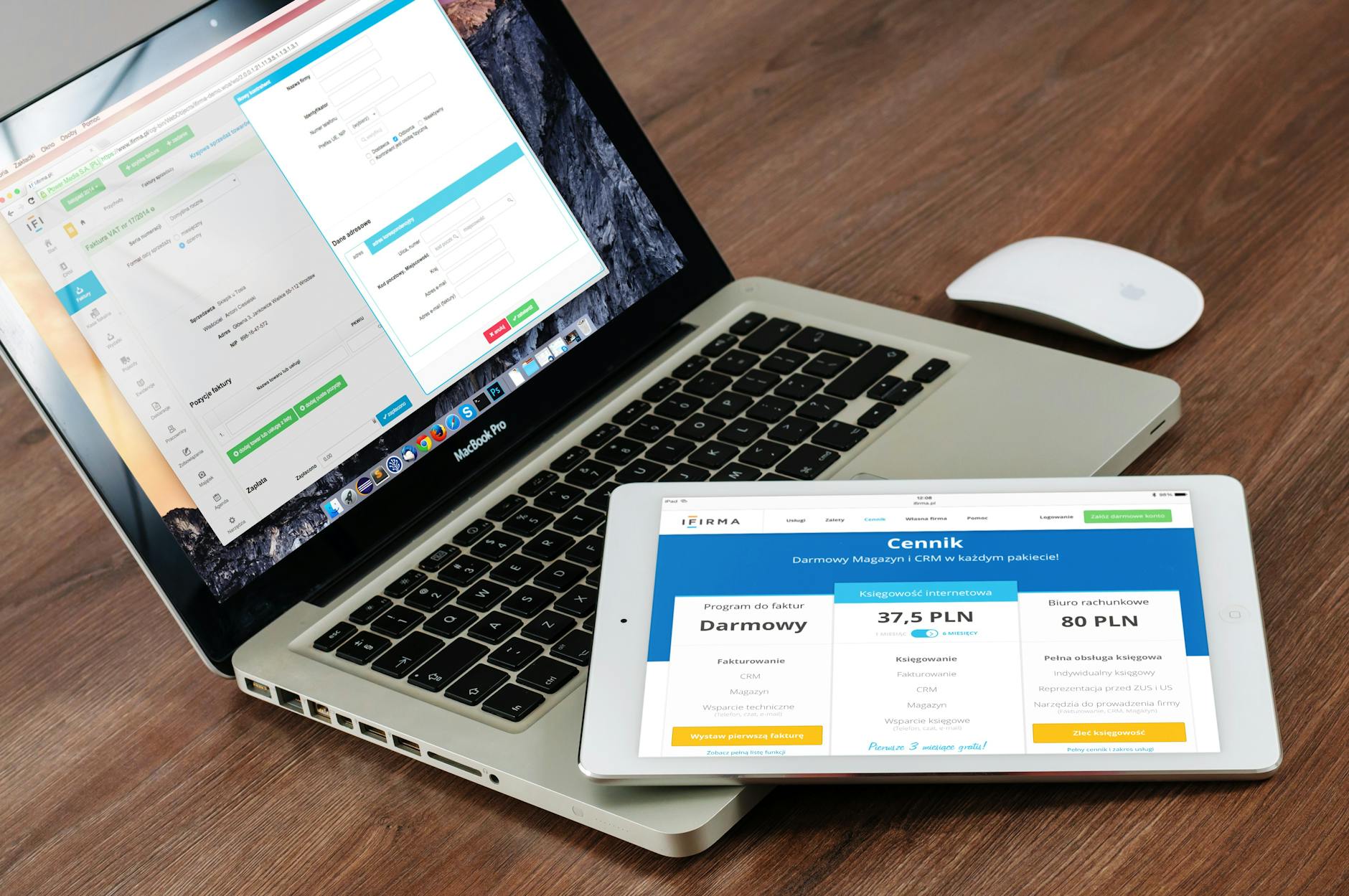Hey there, retail warriors! Let’s chat about something that might not sound sexy but trust me, it’s the backbone of your business success. We’re diving into the world of retail KPIs (Key Performance Indicators). Now, don’t roll your eyes just yet! I promise by the end of this, you’ll be as pumped about these numbers as I am.
- Why Should You Care About Retail KPIs?
- The 6 Must-Track Retail KPIs
- 1. Profit and Loss Statement: The Ultimate Reality Check
- 2. Average Check: Your Sales Team’s Score Card
- 3. Number of Transactions/Customers: The Foot Traffic Meter
- 4. Sales by Category: Your Inventory’s Report Card
- 5. Year Over Year to Date: Your Time Machine
- 6. Number of Units per Transaction: The Upsell Indicator
- Why These 6 KPIs Matter More Than Others
- Sharing is Caring: Why Your Team Needs to Know These Numbers
- How to Make KPIs a Part of Your Daily Retail Life
- FAQs About Retail KPIs
- The Bottom Line: KPIs Are Your Retail Superpower
Why Should You Care About Retail KPIs?
Look, I get it. When you’re knee-deep in running your store, crunching numbers might be the last thing on your mind. But here’s the deal: your KPIs are like the vital signs of your business. Ignore them, and you might as well be driving blindfolded.
Think about it. Would you ignore your car’s dashboard while driving? Of course not! Those gauges tell you if you’re about to run out of gas or if your engine’s about to give up the ghost. Well, your retail KPIs do the same for your business.
The 6 Must-Track Retail KPIs
Alright, let’s cut to the chase. Here are the six KPIs that’ll give you the clearest picture of your retail health:
- Profit and Loss Statement
- Average Check
- Number of Transactions/Customers
- Sales by Category
- Year Over Year to Date
- Number of Units per Transaction
Now, I know what you’re thinking. “Steff, that’s a lot to keep track of!” But trust me, these six are the goldmine of retail insights. Let’s break ’em down one by one.
1. Profit and Loss Statement: The Ultimate Reality Check
Your P&L is like your business’s report card. It shows you the cold, hard truth about your financial performance. Here’s why it matters:
- It reveals if you’re pricing right
- Shows how well you’re managing your categories
- Tells you if you’re covering your expenses
Pro Tip: Don’t brush off losses as “just part of business.” They’re usually a sign that something needs fixing, pronto!
2. Average Check: Your Sales Team’s Score Card
This is the best judge of how well your sales crew is moving your products. It’s like the scoreboard in a sports game – it tells you instantly how well you’re playing.
- Higher average check? Your team’s killing it!
- Lower than usual? Time for some sales training or a product mix shakeup.
Quick Win: Try setting a daily average check goal. Watch how it lights a fire under your team!
3. Number of Transactions/Customers: The Foot Traffic Meter
This one’s simple but crucial. It tells you how many people are actually buying from you. Remember:
- More transactions usually mean more revenue (duh!)
- But don’t forget about quality. One big spender can be worth ten small purchases.
Think About This: How can you turn more browsers into buyers? Maybe it’s time for some irresistible impulse buy items near the checkout?
4. Sales by Category: Your Inventory’s Report Card
Not all products are created equal. This KPI helps you figure out:
- Which categories are your superstars
- Which ones are the deadweight
Use this info to:
- Boost inventory in high-performing categories
- Cut back on the underperformers
- Refine your open-to-buy strategy
Insider Tip: Look for unexpected winners. Sometimes your best performers aren’t the ones hogging the prime shelf space!
5. Year Over Year to Date: Your Time Machine
This KPI is like your business’s time machine. It shows you:
- If you’re growing, shrinking, or stagnating
- Seasonal trends you might’ve missed
Warning: Don’t panic over one bad year. Look for long-term trends.
6. Number of Units per Transaction: The Upsell Indicator
Remember this golden rule: the profit’s in the second item. This KPI tells you:
- How good your team is at upselling
- If your store layout is encouraging multiple purchases
Challenge: Set a goal to increase this number by just 0.5 over the next quarter. You’ll be amazed at the difference it makes to your bottom line!
Why These 6 KPIs Matter More Than Others
Now, I know what some of you data nerds are thinking. “But Steff, my POS system can spit out a bazillion different reports!” And you’re right. But here’s the thing – who’s got time to wade through all that?
The beauty of these six KPIs is that they give you the big picture without drowning you in details. They’re like the CliffsNotes of your business performance.
Sharing is Caring: Why Your Team Needs to Know These Numbers
Here’s where the magic really happens. Don’t keep these numbers to yourself! Share them with your team. Here’s why:
- It creates ownership: When your team knows the numbers, they feel more invested in the business.
- It drives performance: Nothing motivates like seeing progress in black and white.
- It encourages problem-solving: Your team might spot trends or come up with ideas you haven’t thought of.
How to Make KPIs a Part of Your Daily Retail Life
Alright, so you’re sold on the importance of these KPIs. But how do you actually make them a part of your daily routine? Here are some practical tips:
- Set up a dashboard: Use your POS system or a simple spreadsheet to create a daily dashboard of these six KPIs.
- Morning huddles: Start each day with a quick team meeting to review yesterday’s numbers and set goals for today.
- Weekly deep dives: Take a closer look at the weekly trends. This is where you might spot issues or opportunities that aren’t obvious day-to-day.
- Monthly reviews: Look at the bigger picture once a month. This is a great time to adjust your strategies based on what the numbers are telling you.
- Quarterly goal-setting: Use your KPI trends to set realistic but ambitious goals for the coming quarter.
FAQs About Retail KPIs
Let’s tackle some common questions I get about retail KPIs:
Isn’t tracking KPIs just for big businesses?
Heck no! If anything, it’s even more crucial for small businesses. When you’re running a tight ship, every number matters.
How often should I be looking at these KPIs?
Daily is ideal, but at the very least, weekly. The more you look, the quicker you can spot and react to trends.
What if my team isn’t interested in the numbers?
Make it relevant to them. Show how these numbers directly impact their work and potentially their pay. Trust me, they’ll get interested real quick!
Can I track too many KPIs?
Absolutely! That’s why I recommend sticking to these core six. Too many KPIs can lead to analysis paralysis.
What if my KPIs are all over the place?
Don’t panic! Use it as an opportunity to dig deeper. There’s always a story behind the numbers.
The Bottom Line: KPIs Are Your Retail Superpower
Look, at the end of the day, retail is a game of inches. The difference between a good year and a great year often comes down to small improvements across the board. And that’s exactly what tracking these KPIs allows you to do.
By keeping a close eye on these numbers and sharing them with your team, you’re not just running a store – you’re building a data-driven retail machine. And in today’s competitive landscape, that’s your secret weapon.
So, are you ready to take your retail game to the next level? Start tracking these KPIs today, and watch your business transform. Trust me, once you start, you’ll wonder how you ever ran your store without them.
Remember, in retail, knowledge isn’t just power – it’s profit. So track those KPIs, share them with your team, and watch your business soar. You’ve got this!



